
To me, an encampment deep in the Canadian wilderness evoked a Romantic notion of exploration. In canonical Romantic exploration narratives, the journey into the unknown is often a vehicle for self-discovery as the external environs force an internal revelation. (e.g., Herman Melville's Ishmael in Moby Dick, Joseph Conrad’s Marlow in Heart of Darkness.)
The deep woods location also brought to mind, the idea of the “Pioneer”, and a slew of expedition writing of the colonial period, such as journals and historical accounts of Lewis and Clark.
The Polymerase Chain Reaction is an elegant algorithmic process that allowed Kary Mullis to copy a small region of DNA billions of times, thereby “amplifying” a region, potentially to differentiate individuals. The first great patent of the biotechnological revolution profited Cetus and Roche corporations with the first billion dollar invention. For his discovery, Mullis, along with Michael Smith, was awarded the Nobel Prize in Chemistry in 1993.
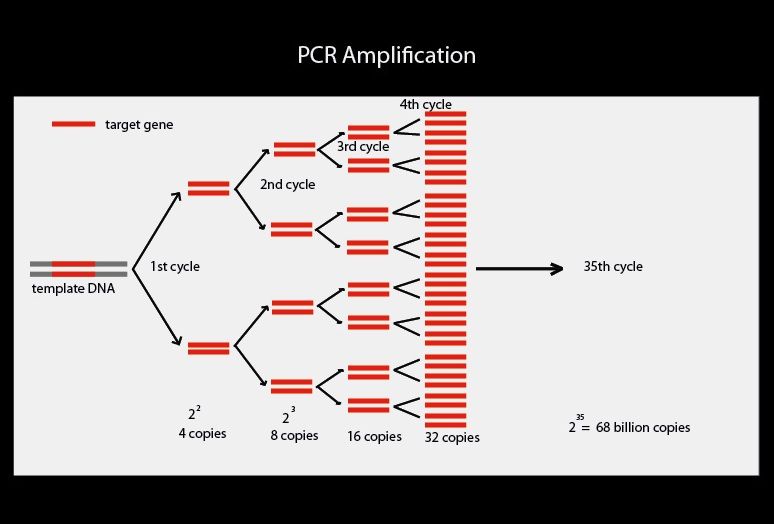
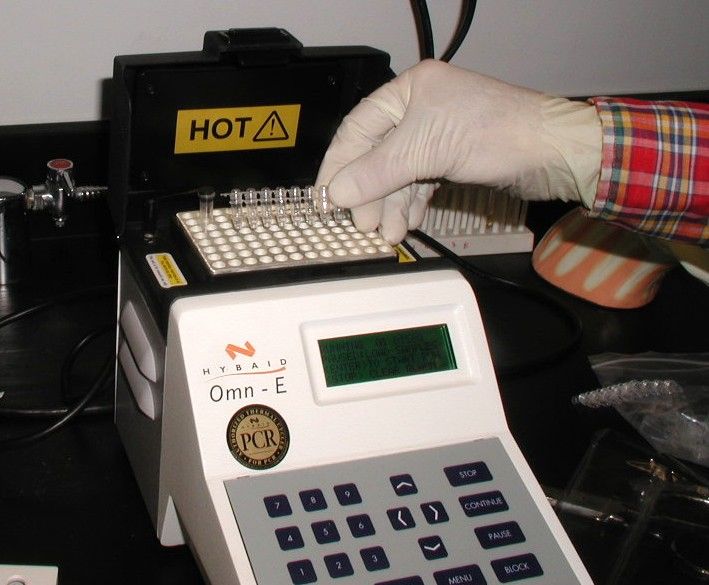
Algorithm became machine.
Kary Mullis epitomizes the scientific pioneer.
(1) He is a generalist, able to use and connect concepts outside his specific area of expertise. (2) He is a loner who some claim to have alienated others at the Cetus corporation where he worked. Varied accounts have Mullis threatening other workers.
(3) And lastly, he is credited with a big idea that was before its time that he doggedly pursued despite his other duties at the corporation.
PCR is also a technology of “self-discovery”, or less optimistically, authoritarian identification. PCR has replaced the original DNA Fingerprinting methods in many cases, including massive government DNA databases, such as the US FBI’s CODIS project.
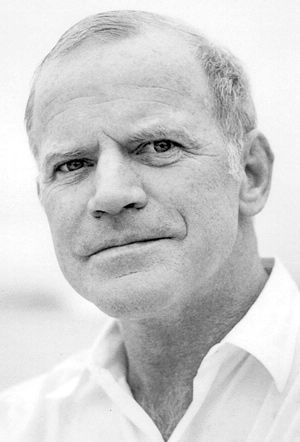
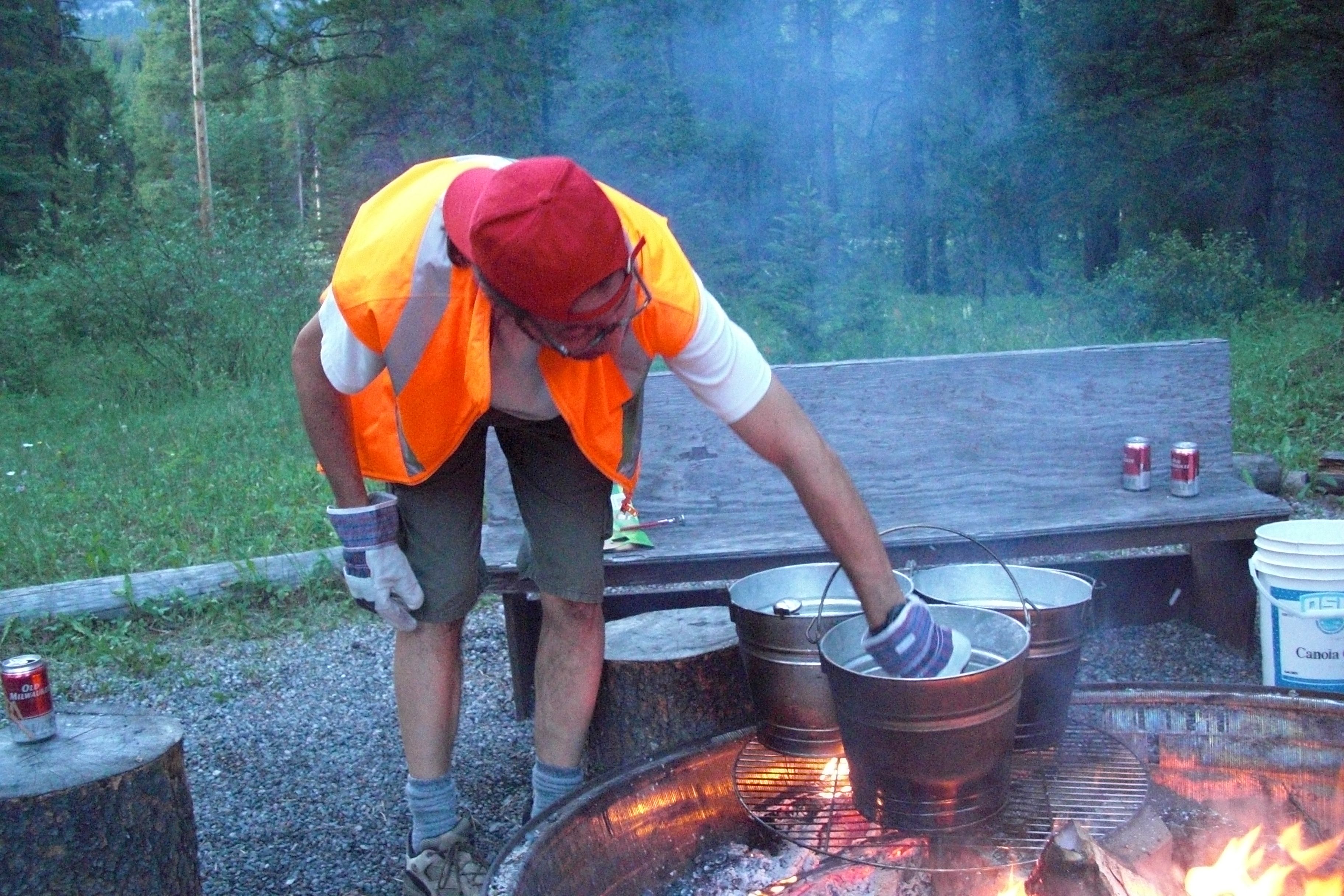
My plan was to perform all phases of the “high-tech” PCR process in the unlikely setting of the deep-woods encampment.
I wanted to open up meanings of the PCR discovery/patent during the low-tech PCR experiment, a technologically anachronistic reenactment, in the heart of the national forest.
The performance conflated scientific pioneer with its expedition counterpart and probed the idea of “self-discovery” in its broadest sense.
In 1989, Science Magazine dubbed Taq Polymerase the “molecule of the decade”. It was discovered in geysers at Yellowstone National Forest in the 1970s... and eventually commercialized for great monetary gain (but not for the national park).
My hunch of the bacteria’s presence proved correct, but incubation proved slow at the campsite as the available incubator couldn’t hold the 70 degree Celsius, ideal temperature for incubation, nor could it agitate the samples to facilitate their respiration and colony formation. Thus, the Taq enzyme used in the subsequent experiment wasn’t the same as that which I fished out. (Alas, I think this may be the basis of future “Out back PCR” endeavors.)
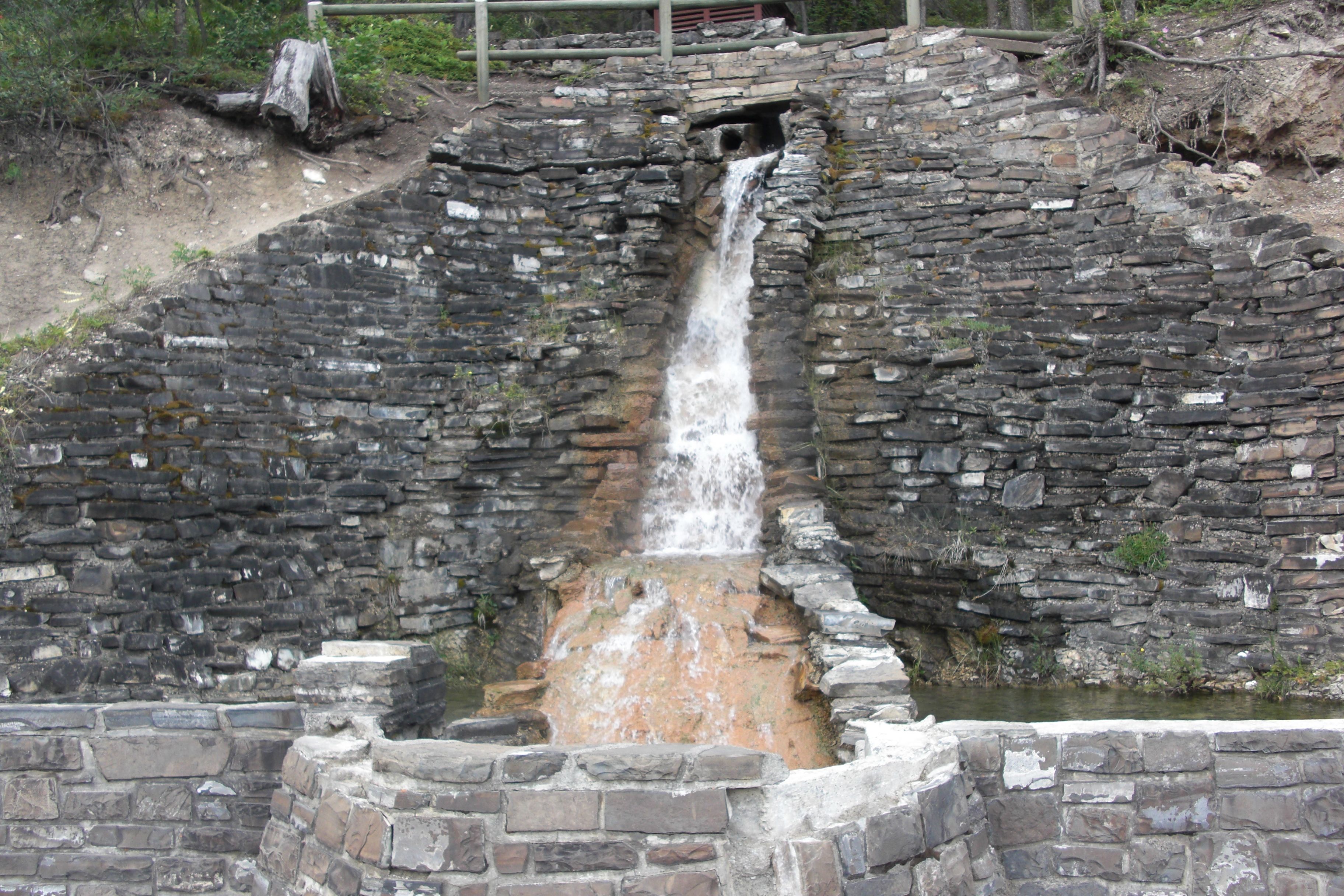
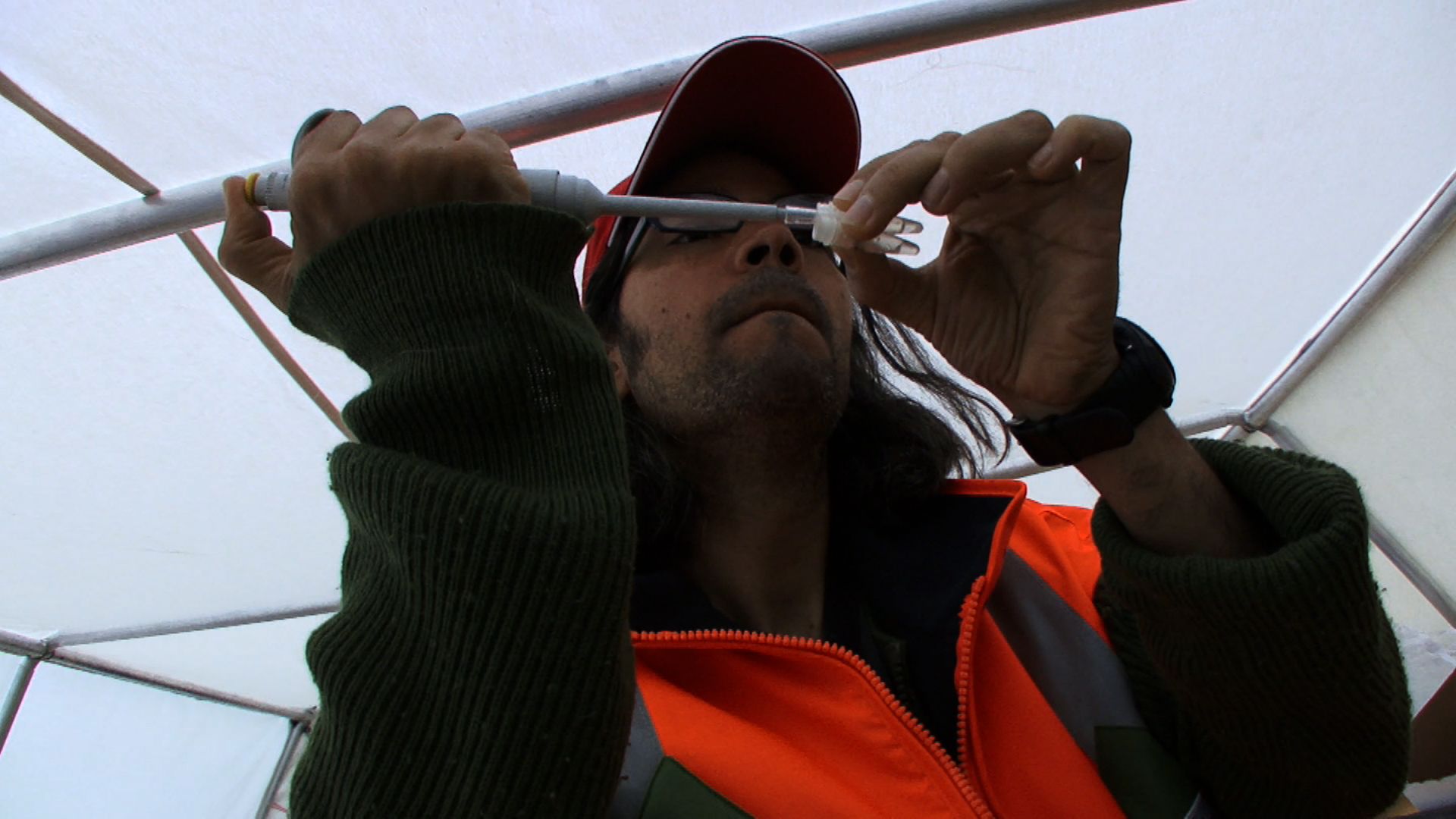
Finally, the experiment could begin in pioneer fashion, without the PCR machine, but rather a campfire.
I needed to keep water buckets at very precise temperatures: 95, 65, 72 Celcius to allow the PCR amplification process to work correctly.
Filmmakers, Zoot Derks and Jeanette Groenendaal, tirelessly document the event in its entirety. Angus Leech strums acoustic guitar and premieres his original composition “Thermocyclin’ ‘neath the moon.” All the fabulous artists and scientists from the BioARTCAMP also joined me in solidarity at the campfire for the all-night performance including Jennifer Willet, Tagny Duff, Marta De Menezes, Adam Zaretsky, Marie Pier Boucher, Kurt Illerbrun, Ian and Louise Chance Baxter, Bulent Mutus, Grant Yocom, Tokio Webster, Brit Wray, Jamie Ferguson, Dave Dowhaniuk and Kacie Auffret.
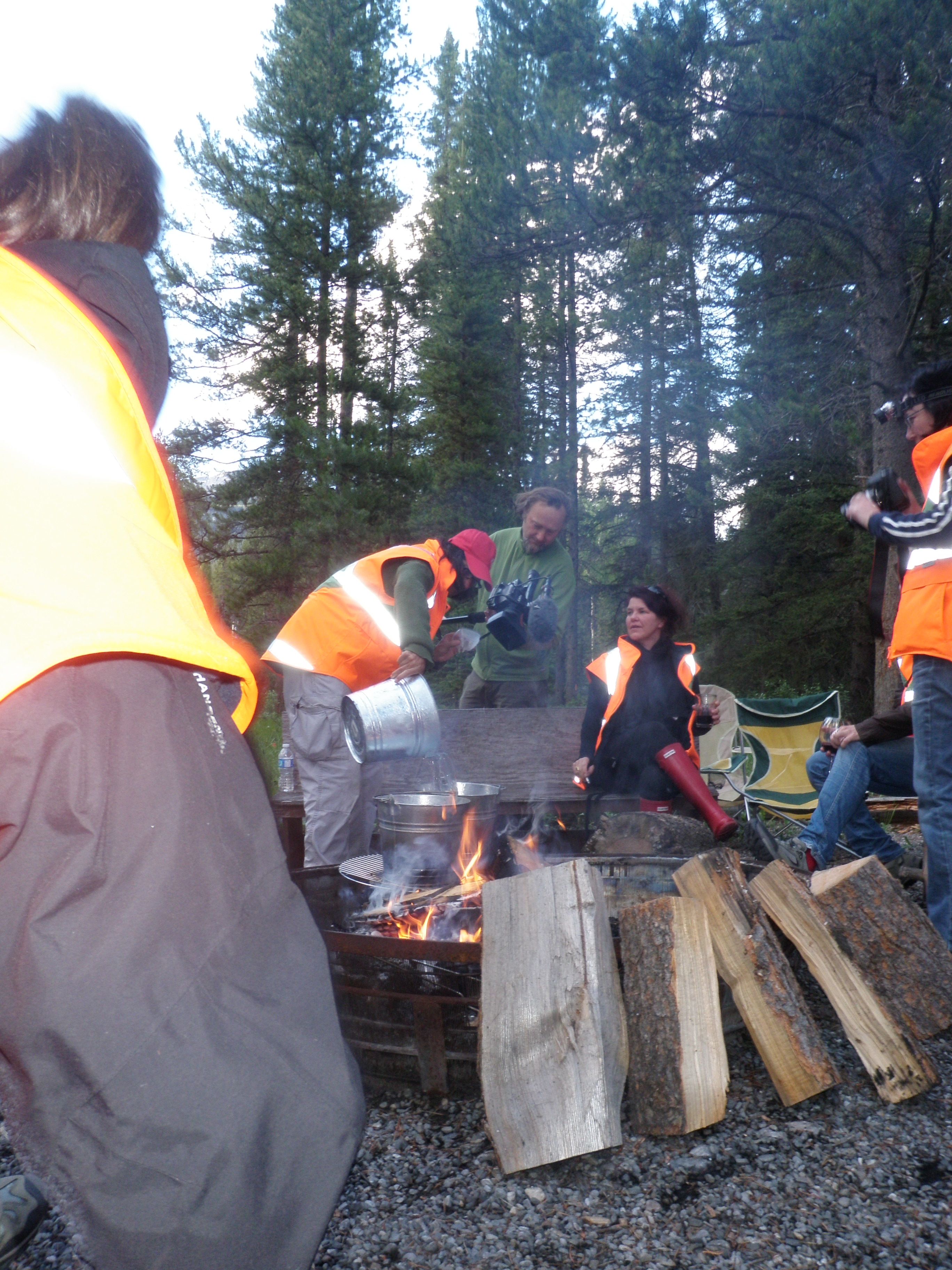
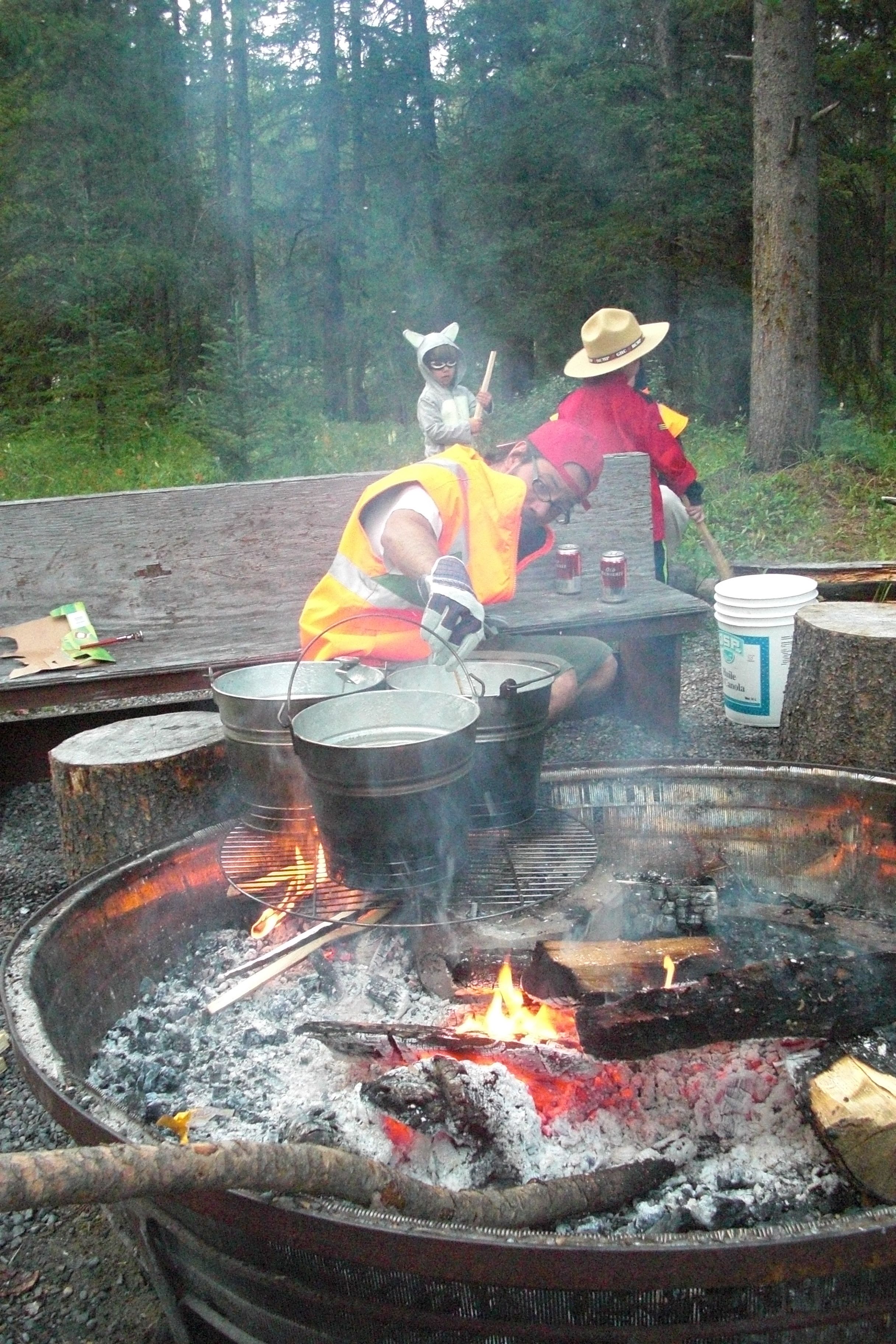
Success… The campfire PCR produced extremely dense banding. These results show me to be heterozygous for the PV92 Alu gene on chromosome 16, shown in columns 2-3 of the adjacent gel. This particular site is often used for genotyping, as there is a high degree of variation across our species.
In the four, center columns of the gel I have amplified two sites of the SLC24A5 gene, which is one of the human genes coding for skin color.
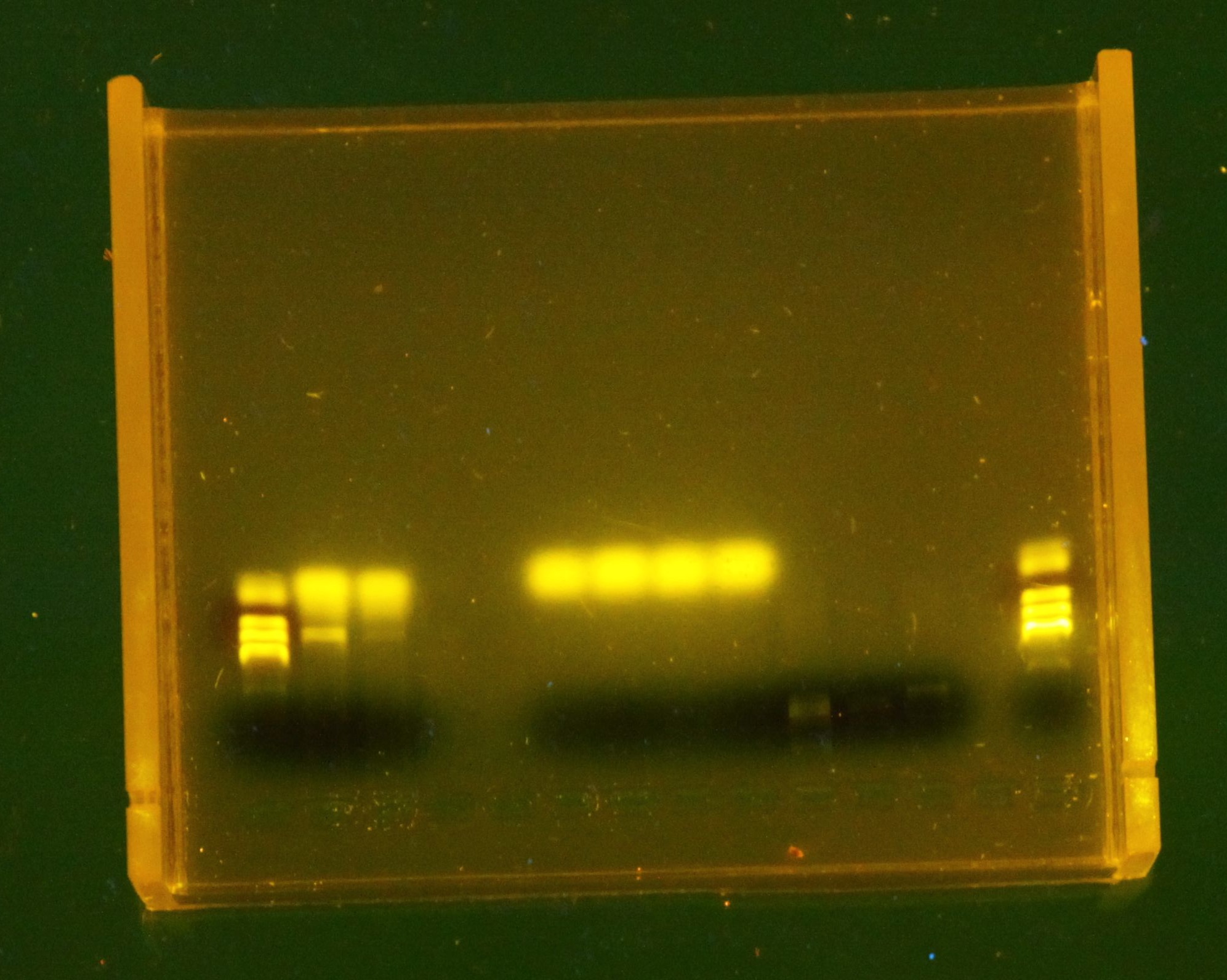
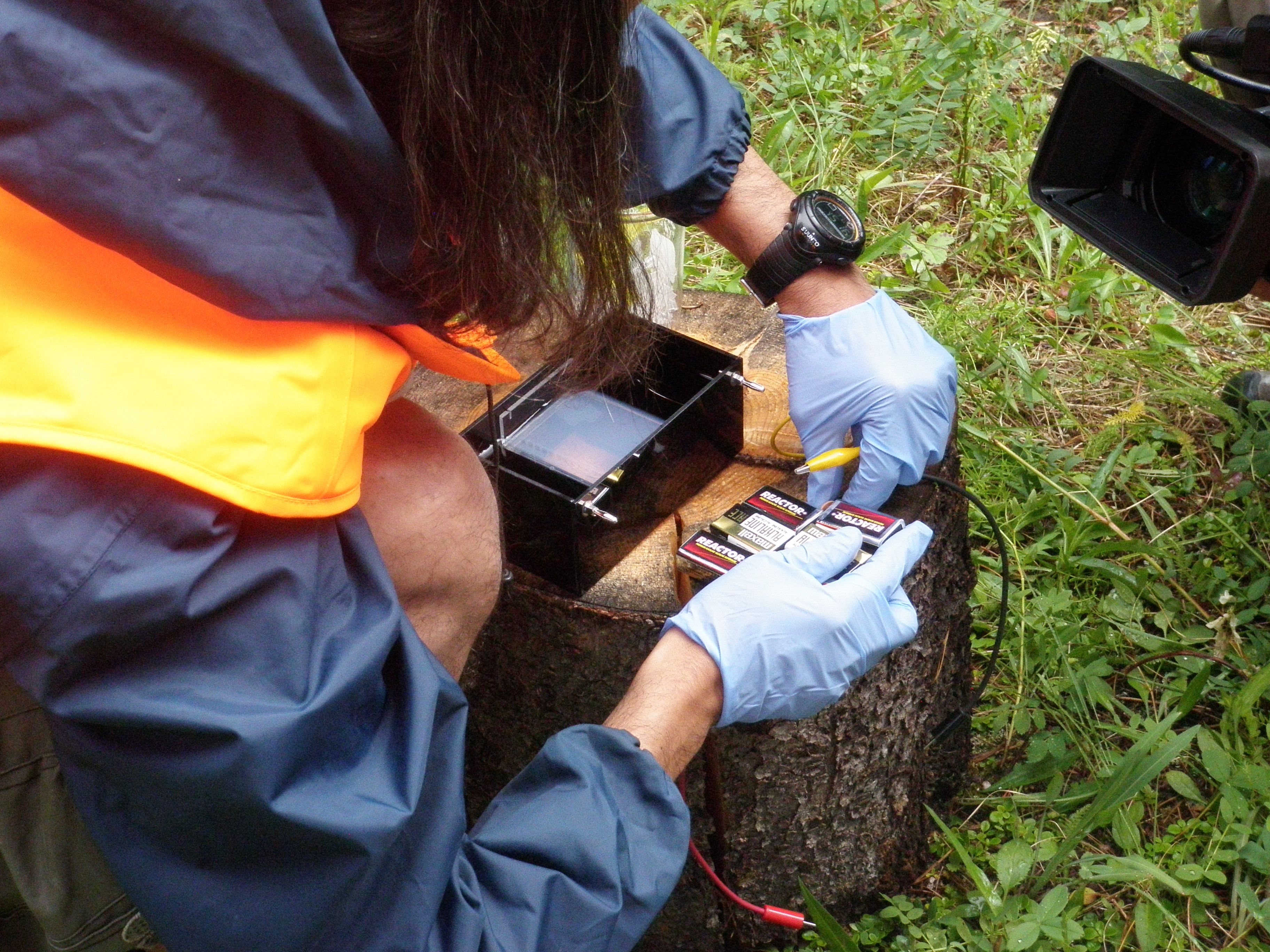
Just as context is a meaningful paratext in any cultural activity (such as an artistic performance) the context in which PCR is “invented” by Mullis is fundamental to its cultural meaning, economic value, and scientific merit.
When Mullis begins his exploration, there is a big problem. It has no purpose. The idea of duplicating a region of DNA exponentially is "cool", and "elegant" but of little use in research or industry. However, by the time he obtains publishable results, the technology is of great utility for Genetic Engineering (allowing one to duplicate a gene for transplant) and DNA Typing (allowing one to compare highly variable regions of DNA). Changing context turns a neat trick into an indispensible laboratory tool.
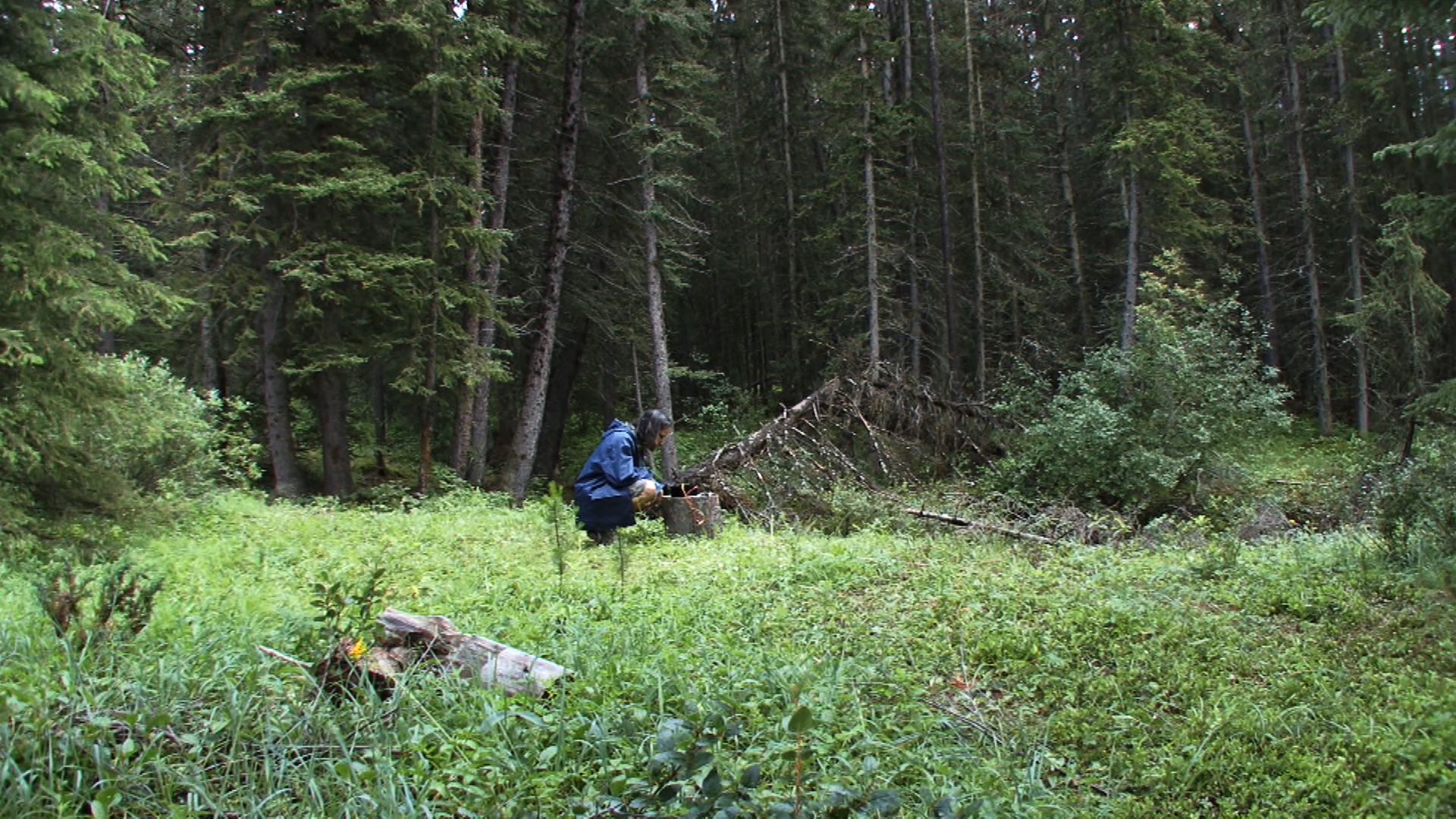
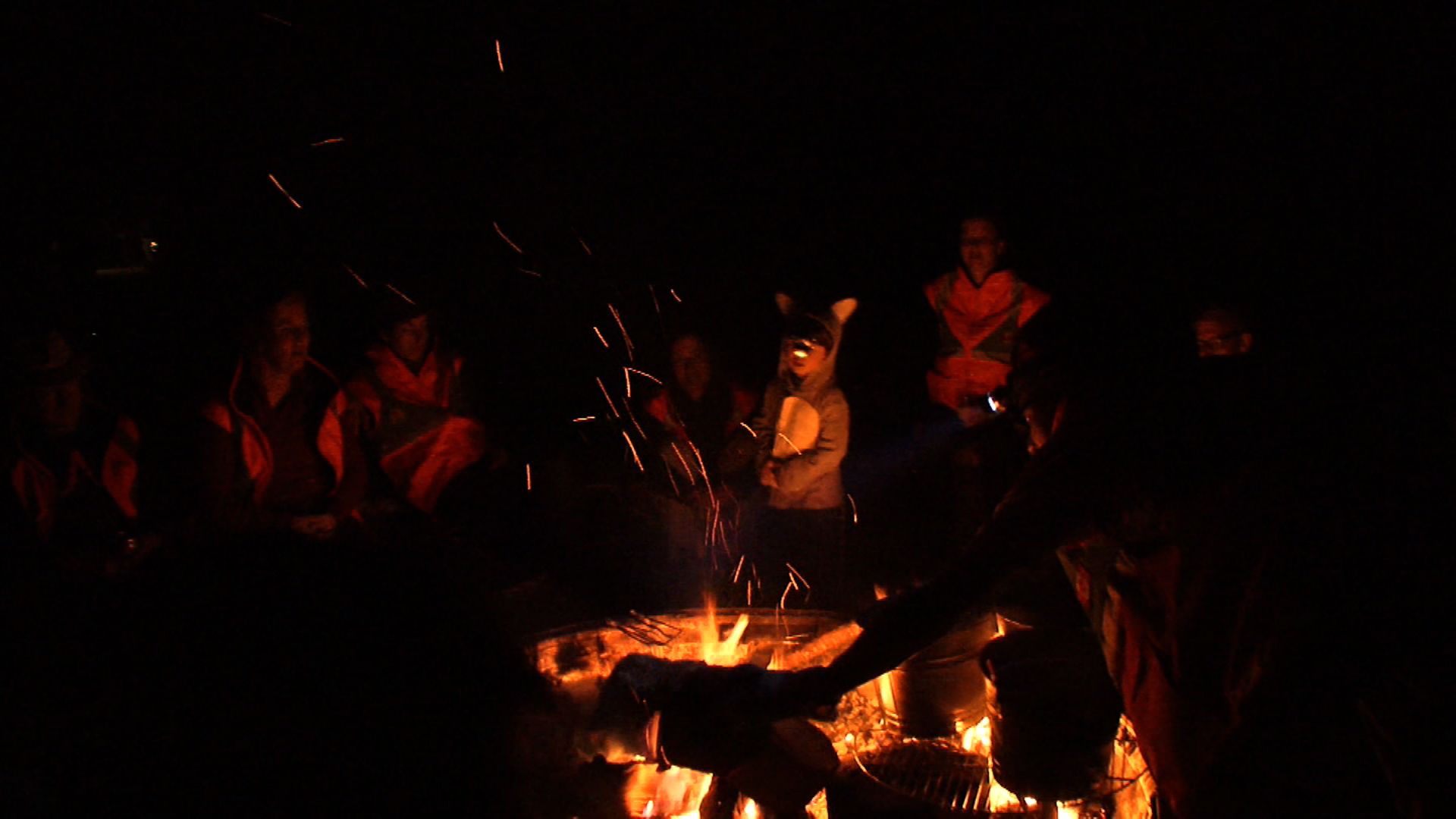
THANKS TO:
BioARTCAMP, organized by Jennifer Willet, in conjunction with the Banff Center, Alberta, Canada.
ADDITIONAL THANKS:
Jordan Dalton, University at Buffalo.
Katie Brown, Buffalo River Keepers.
BIBLIOGRAPHY:
Dancing Naked in the Mind Field, Kary Mullis, Vintage Press, 1998.
Making PCR: A Story of Biotechnology, Paul Rabinow, University of Chicago Press, 1996.
"Biotech in Court: A Legal Lesson on the Unity of Science" Kara Swanson, Social Studies of Science, 2007; 37; 357.